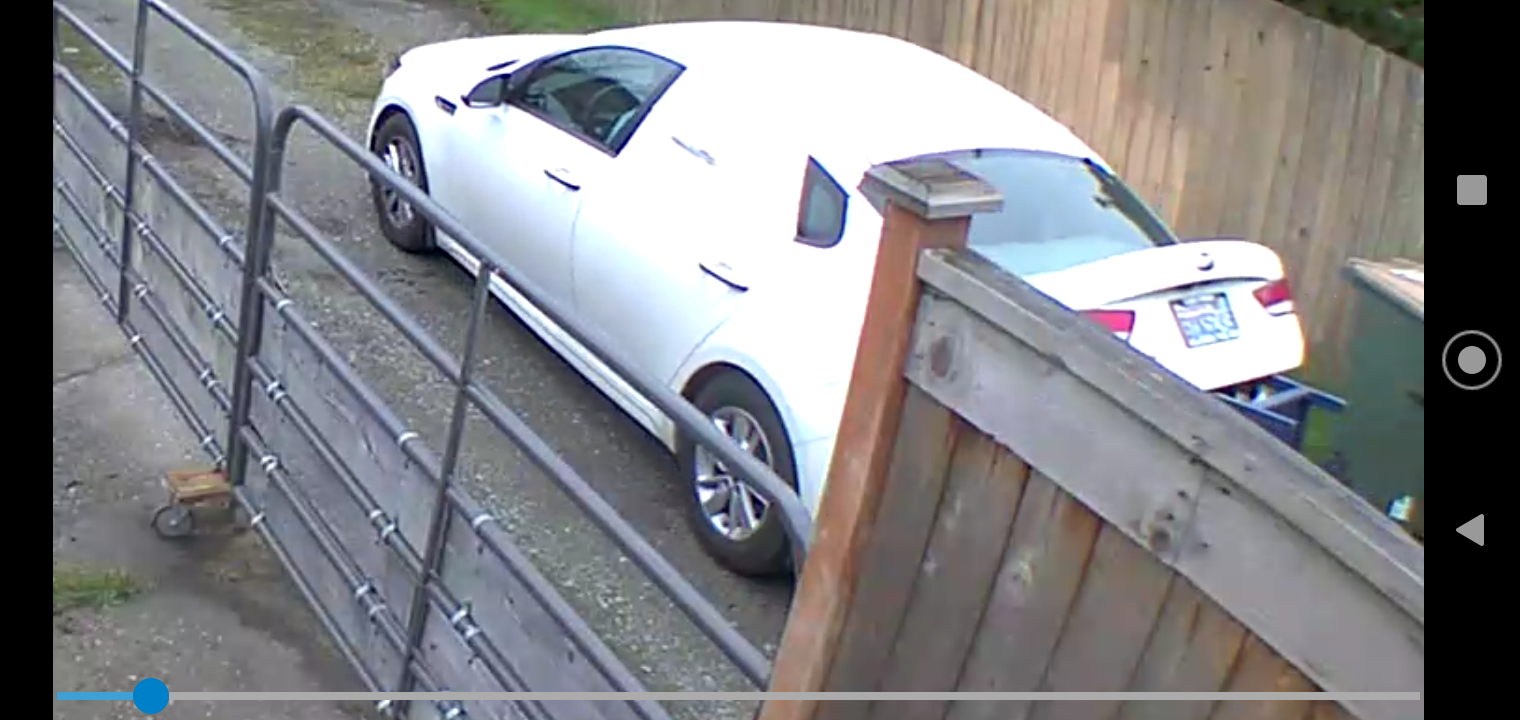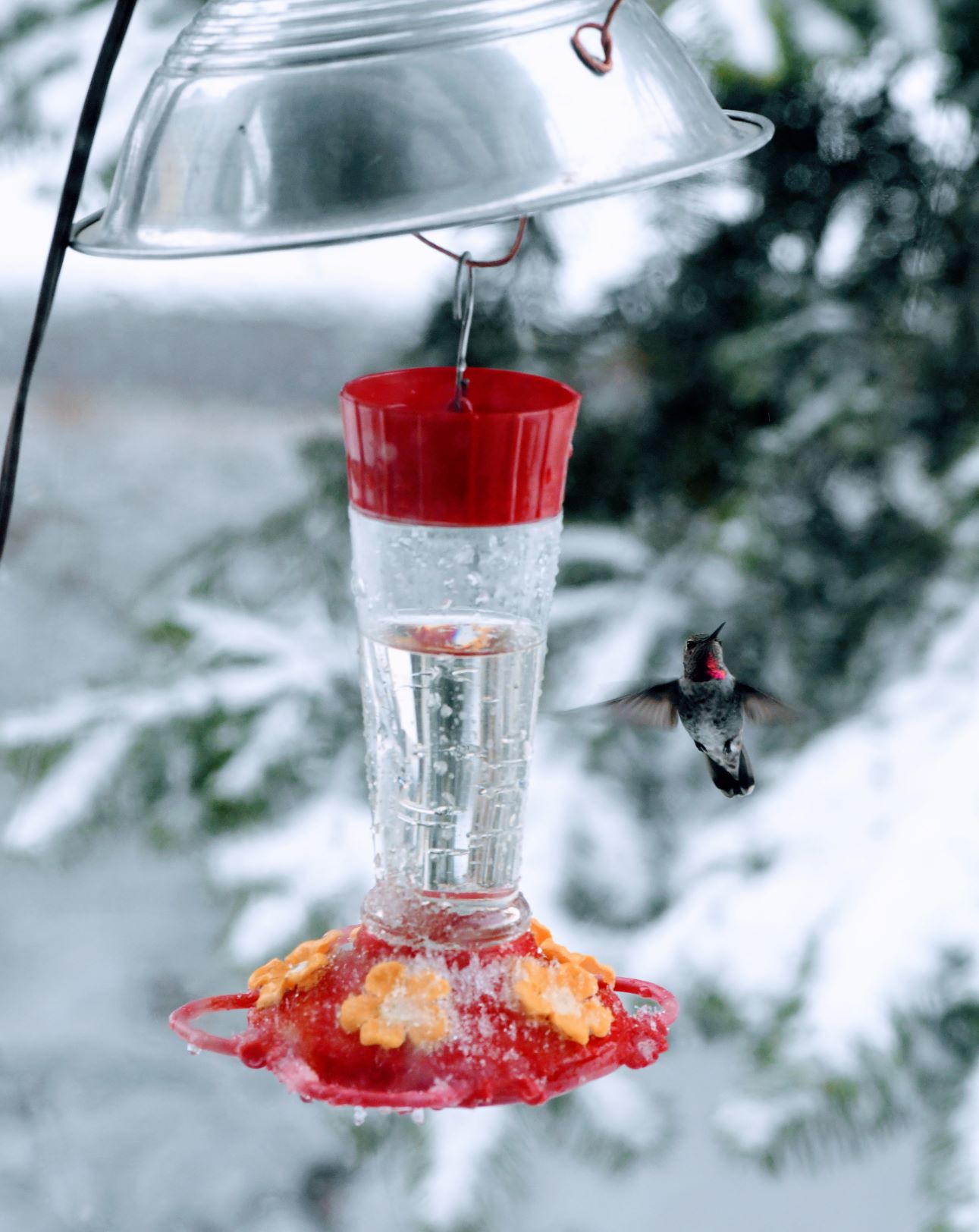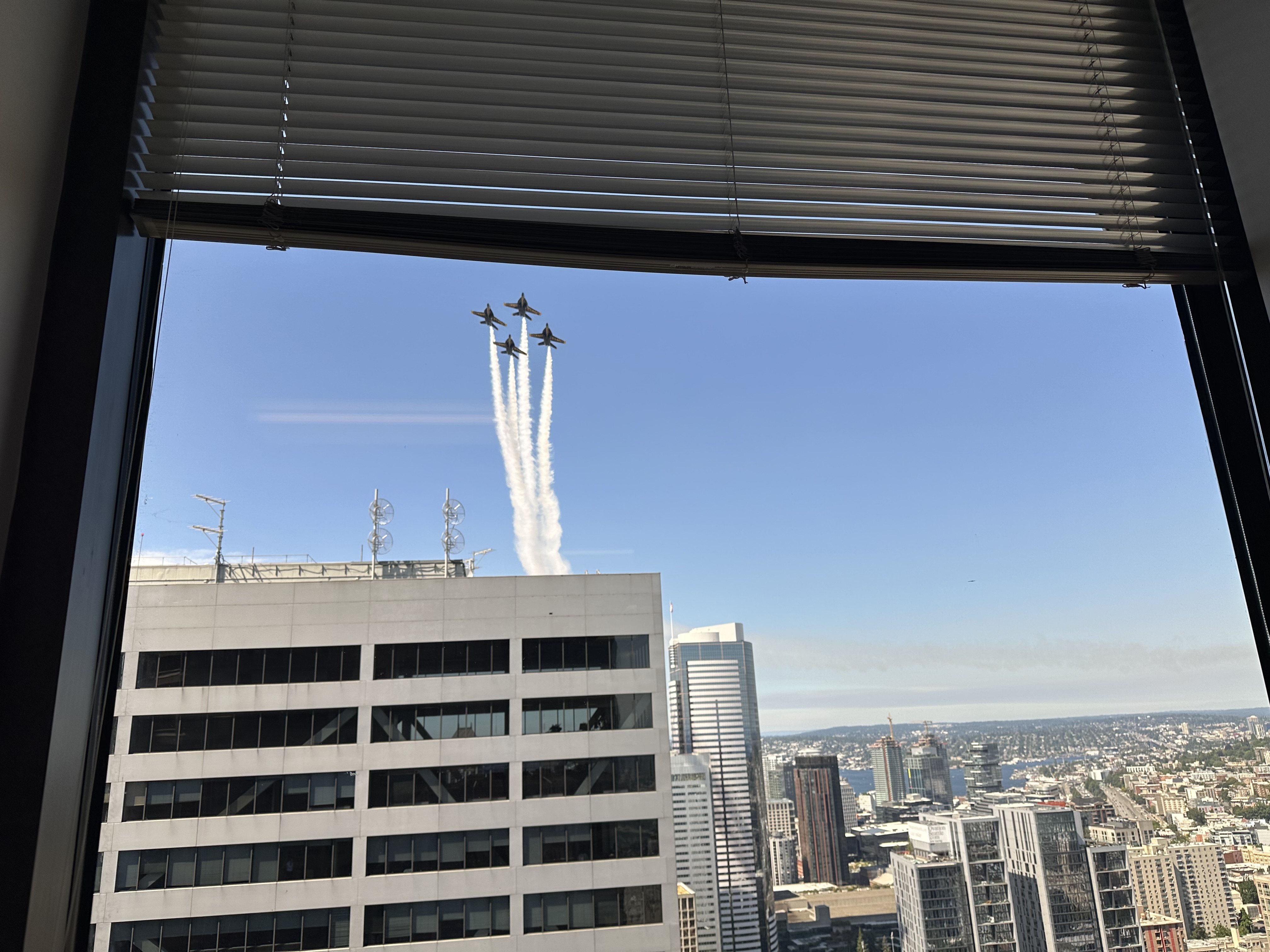 (December 2021 hummingbird photo by Rick R)
(December 2021 hummingbird photo by Rick R)
David emailed today to suggest a PSA about helping hummingbirds get through this subfreezing weather – “tending to their feeders diligently over the next two days will literally mean life or death for many of them.” He offered this advice:
I have four feeders. One has a small homemade heater which protects the nectar from freezing, which is nice, but really not necessary in order to help them out.
They do not feed at night, so by simply bringing your feeders in after dark, then setting them out at daybreak again does wonders. The feeders will rise to indoor room temperature overnight then stay unfrozen for sometime when they are put out at daybreak.
Speaking of daybreak, this feeding is extremely important as this is when they come out of torpor. Torpor is the short state of hibernation they go into at dark in order to slow their respiration, conserve energy, and make it through the cold night. As soon as they wake up at the first rays of light, they are very hungry and are looking for an energy boost quickly so they can warm up.
The ratio of sugar to water in their nectar is a source of energy and the regular ratio is four parts water to one part sugar. An important note that I just recently learned: One goal of maintaining the nectar for them is simply keeping it unfrozen, but another consideration is that the temperature of the nectar itself lowers their overall body temperature. Rotating the feeder a few times during the day will help them out during these extraordinarily low temperatures, like a warm cocoa versus a iced latte.
My feeders contain no metal and are short enough to fit in my microwave. I blast them long enough to bring them up to a gentle warm temperature, barely warm to the touch, and hang them right back out again. If your feeder can’t be quickly microwaved, then making a huge pot of nectar is always an option too. It will set you back a little for the raw sugar, but a huge pot at room temperature kept on the stove can be used to refill your feeders periodically throughout the next couple of days. Just pour out the frozen nectar and pour
in the room temperature nectar for the swap out.The lack of available food means there will be a great deal of fighting among the dominant males, so I spread my feeders around my yard, preferably out of line of sight between them. I have one on each of the four sides of my house for this reason. This allows for the weaker birds to swoop in occasionally and have a shot at getting a sip. Hand warmers can also be secured to the sides or bottoms of your feeders to maintain them for a few hours. This works well, but of course they are single use and can get expensive. You would also need to acquire them by this afternoon if you don’t have any on hand.
If we can all tend our feeders diligently for the next two days it will mean many more will be able to endure what may end up being record low temperatures.
Also, unfrozen bird feeders are a huge help to all of the local birds as it’s hard for them to rehydrate when all the water is solid.
Some other quick tips for helping birds in general are here.



 In the above photo, the light you can see is the infrared lamp on the camera, and this capture is from around 6:30 am. They are excellent little timekeepers, showing up at the same time each morning +/- only two minutes. To keep them warm we are using inexpensive heat lamps with bulbs made for reptile enclosures that emit heat but no light. We found the bulbs on Amazon. We then cut some reflective bubble wrap insulation that you can find at Home Depot, and made a cylinder to keep the heat around the bottle of the feeder. The picture doesn’t show it, but the feeder is hanging from the heat lamp.
In the above photo, the light you can see is the infrared lamp on the camera, and this capture is from around 6:30 am. They are excellent little timekeepers, showing up at the same time each morning +/- only two minutes. To keep them warm we are using inexpensive heat lamps with bulbs made for reptile enclosures that emit heat but no light. We found the bulbs on Amazon. We then cut some reflective bubble wrap insulation that you can find at Home Depot, and made a cylinder to keep the heat around the bottle of the feeder. The picture doesn’t show it, but the feeder is hanging from the heat lamp. 


| 28 COMMENTS